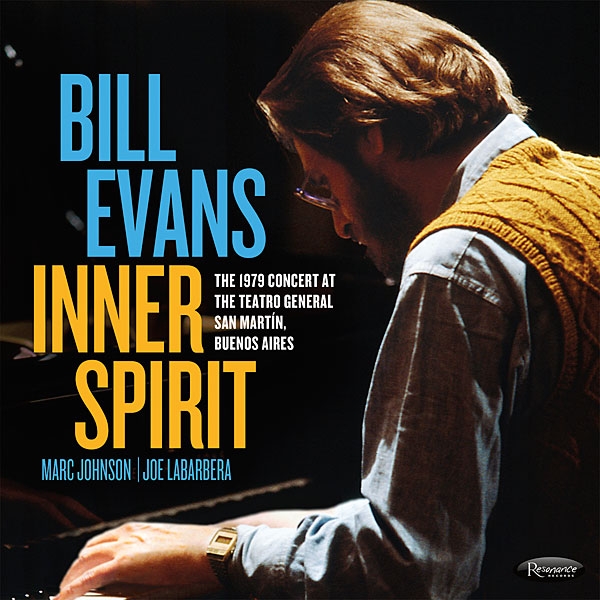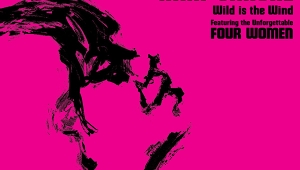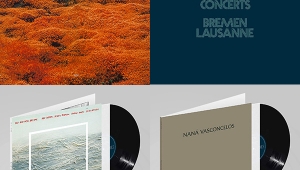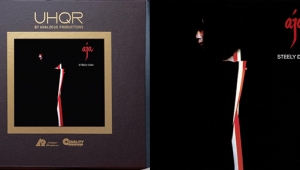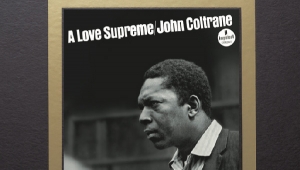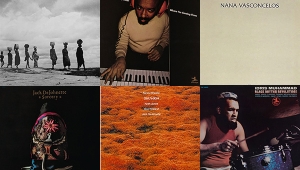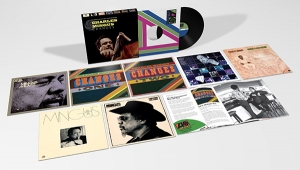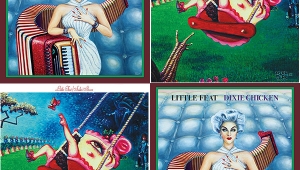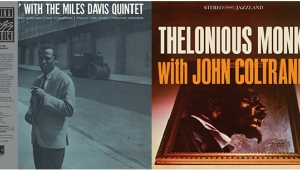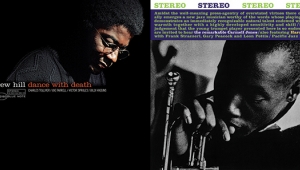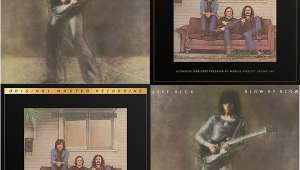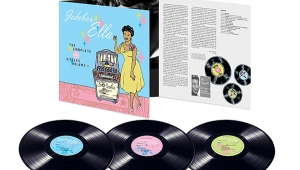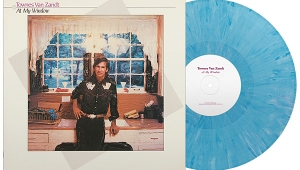| Columns Retired Columns & Blogs |
Thanks Fred for informing us about this release. As soon as I saw Michael Fremer's comment on the same two double albums last week in Analog Planet, and as I am a fan of Bill Evans, I tried to get them. Impossible as I live in Mexico and the records were not available at local RSD events.
So I don't have any alternative to the "used" market. On April 24th some offers appeared on ebay, discogs, etc..., at least at double the initial price and in some cases up to nearly USD 400.
Question: are LPs just collectibles, with record labels fomenting speculation by multiplying "limited editions"? Do I have to throw my TT to the bin because I am just a normal music lover who wants to buy some LPs as I want to listen to good music in the best conditions, and I am not a "collector" interested in getting profit from LPs just as if they were Star Wars plastic figures from the 70s or coca cola bottles?
I believe that part of the mission of any record label is to give access to good music for all people interested, and it is not to invent some sort of new "investment product" for people awash with money who maybe will not even listen to the music. Music is culture, not finance!
And speaking about finance: as I cannot get the LPs, I will listen to them on Tidal and will not buy the CD. In other words, it does not even seem a good way to increase revenue for Resonance Records (which btw presents itself as a "a non-profit jazz label"!): I was ready to buy the 2 (in fact 4) LPs, maybe 40 or 50 USD each, and at the end of the day RR will just receive a quarter of a peanut from Tidal...Any logic?
Best regards,
